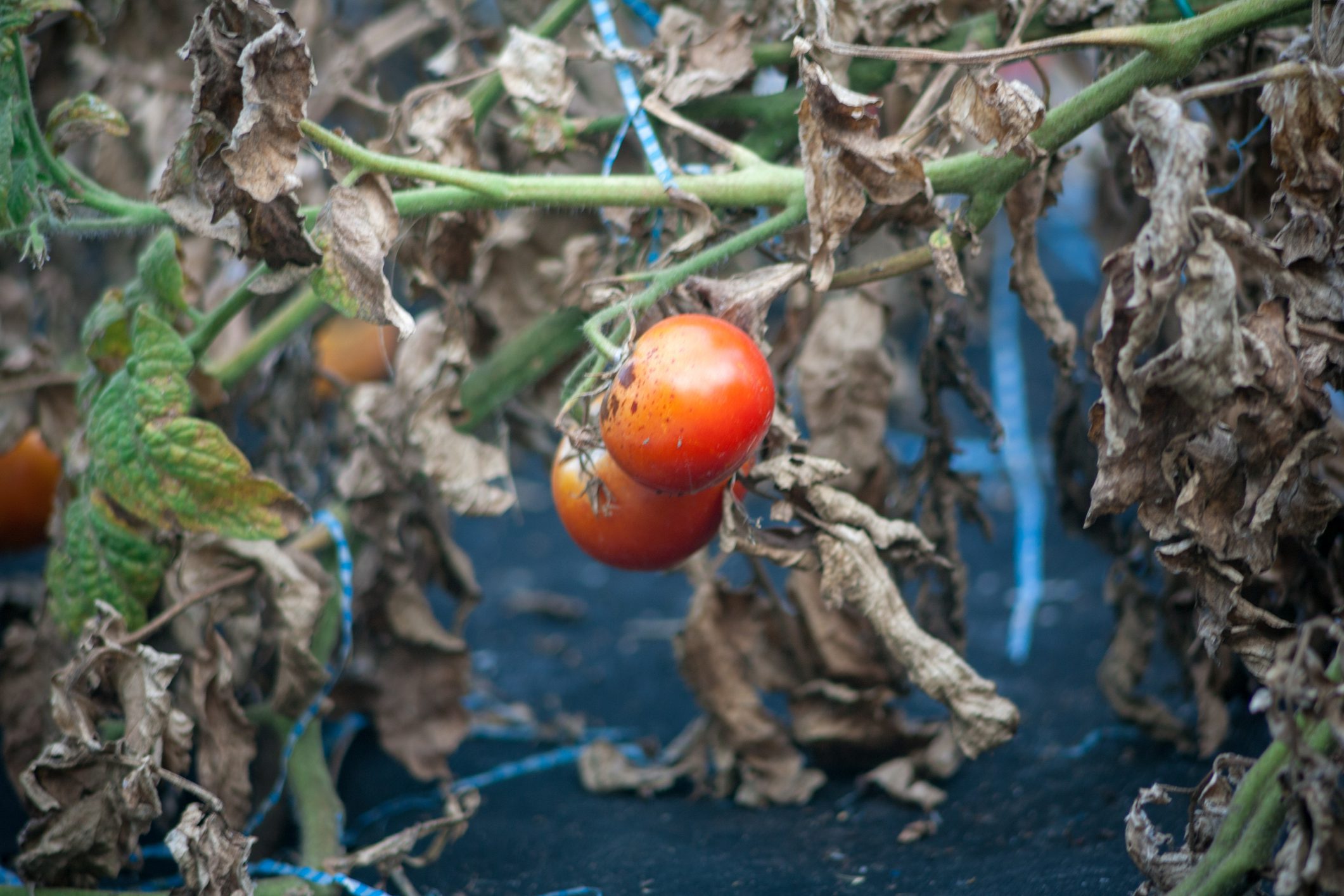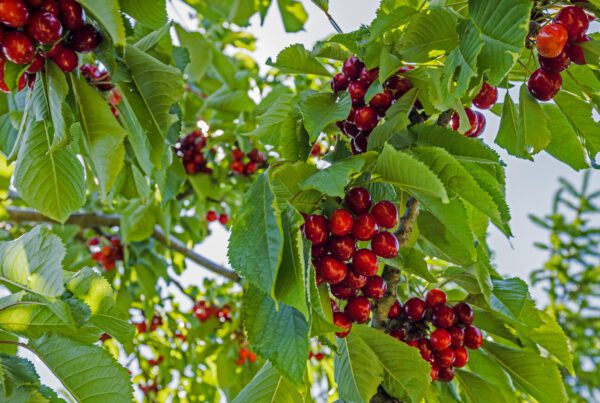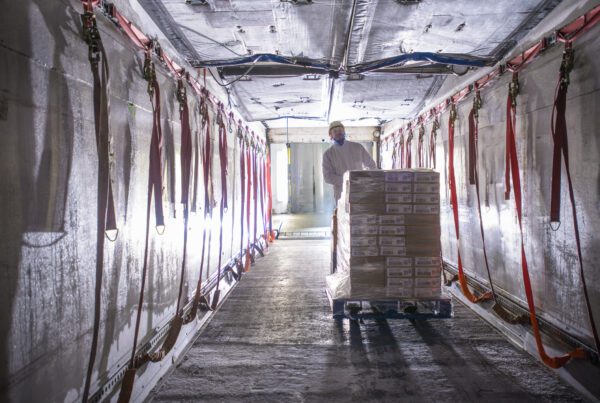Close to ten million pounds of food is rotting in fields across the country due to delays in aid for farmers who’ve been hit hard by Coronavirus closures and outbreaks. With no money from sales coming in, farmers have no money to pay pickers/packers, storage fees, or transportation costs to get food to markets that are desperately in need of food supplies to meet the rising hunger rates that come with raging unemployment. While many facets of the government Coronavirus assistance programs have already started to help disaffected communities, the USDA and subsequent red tape for farm and food assistance have seen millions of pounds of crops plowed under, uneaten, unpicked, and undistributed.
With food banks painfully depleted, demand for nutrition assistance is up 70% over 2019, and 40% of current food-insecure families experiencing their first brush with the system, it seems hopeful to expect we have a self-solving problem. The issue is not simple and once crops are plowed under, there’s no return from waste. Currently 75% of all Florida lettuce, 250 million pounds of potatoes, and more than half of the cabbage crop lay dead or dying in fields. Estimates are that nearly a billion dollars per month are being lost by California’s growers. Florida’s growers are estimated to be losing $500 million per month. Every month.
In mid-April, the USDA approved a $19 billion aid package for food assistance, which included $3bn specifically marked for buying up food excesses from farmers, a common practice. In a typical year, the USDA buys around $2bn in food for schools, food banks, tribal assistance, and nutrition programs, but those numbers doubled in 2019 as farmers faced hard times due to international trade sanctions and duties. Experts estimate that close to another billion in food is sitting stagnant in the supply chain due to school and restaurant closures.
The main problems stem from the USDA’s rules and red tape set up around food assistance programs that aren’t as detrimental during normal times. Unfortunately, these are anything but normal times and those rules render assistance almost useless in the face of such unprecedented disaster and damage, serving only to stall the assistance and waste food instead of being able to direct it to impacted communities who are hungry. The problem, though compounded by myriad factors, is timing. Having the outbreak during harvesting season for fruits and vegetables and then the funds needed to recover be delayed by any reason cut millions of pounds of food perfectly good, fresh out of the market.



